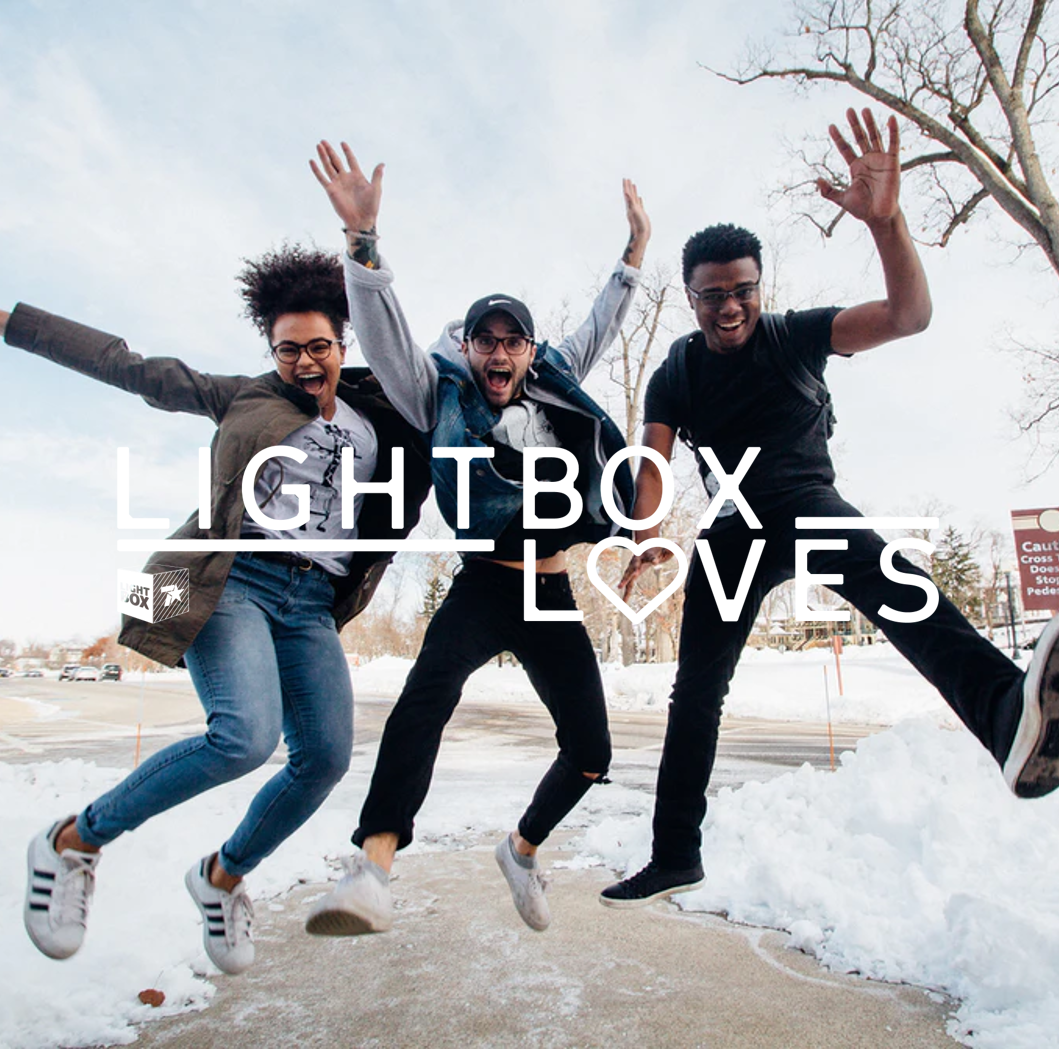
TikTok, one of the newest kids on the block is already starting to change the social media landscape, with now over 1.5 billion users worldwide, it is one of the fastest-growing social media applications out there (1), currently it’s the third most downloaded app after Strava and Zoom on the App Store. This platform has really come into its own during the lockdown and self-isolation due to the uptake of its increasingly popular dance, fitness and other viral challenges. After remaining stable over the last 12 months according to Google trends, searches since March for the term ‘TikTok Dance’ have significantly spiked in popularity (2). Even if you haven’t downloaded the app itself, many are starting to find these video challenges flooding into their other social media platforms (3) – with many of our family/friends and favourite celebrities sharing videos, even NHS staff are taking part in a bid to boost morale whilst treating patients (4).
An example of a particularly popular dance trend is The Weeknd’s: Blinding Lights challenge. Even though this song was released in late November and charted in the Billboard Top 40, it dropped 41 places in its second week (5). It wasn’t until a dance challenge associated with the intro of the song became popular on TikTok in this last month that it really started to take off – coinciding with the world now being in lockdown. Many who are isolating with their families saw it as the perfect track and dance routine to get everyone involved (6). This in turn has contributed to the rise in popularity of the single and its stellar performance back up the charts worldwide – it currently stands at number 2 on the Billboard Hot 100 (7) and receiving 64 million listeners monthly on Spotify, a first for The Weeknd (8).
In fact, nearly every single in the current top 10 of the Billboard Hot 100 has found some traction on TikTok (9) – this includes Dua Lipa, Doha Cat and Bobby Ritch and previously Nas X’s ‘Old Town Road’
Music artist Drake has recently taken the TikTok dance challenge concept to a whole new level – by creating a track and dance routine specifically for the platform in order to catapult his new single into the public conscious before it was released (8). Using a popular hip-hop dancer named Toosie and getting him to post a clip of himself and some of his friends doing a choreographed dance, to a snippet of the then unknown and unnamed song. People started to accept the dance challenge tagged #ToosieSlide. In just a few days millions of views were amassed on the video app, all before the track was available on streaming services (10).
It will be interesting to see what the future brings beyond lockdown and whether this cultural trend will continue. It does seem though, that after being viewed as an ‘additional social media channel’ with most popularity amongst Gen Z, TikTok has finally begun to find its place in the cultural mainstream.
1.https://www.digitalimpressions.in/blog/the-rise-of-tiktok/
2.https://trends.google.com/trends/explore?geo=GB&q=Tik%20Tok%20Dance
5.https://en.wikipedia.org/wiki/Blinding_Lights#cite_note-21
7.https://twitter.com/billboardcharts/status/1249775838461132808
8.https://www.bbc.co.uk/news/entertainment-arts-52293193
9.https://www.insider.com/billboard-hot-100-tiktok-dance-challenge-drake-doja-cat-weeknd-2020-4
10.https://www.nytimes.com/2020/04/07/arts/music/drake-toosie-slide-tiktok.html


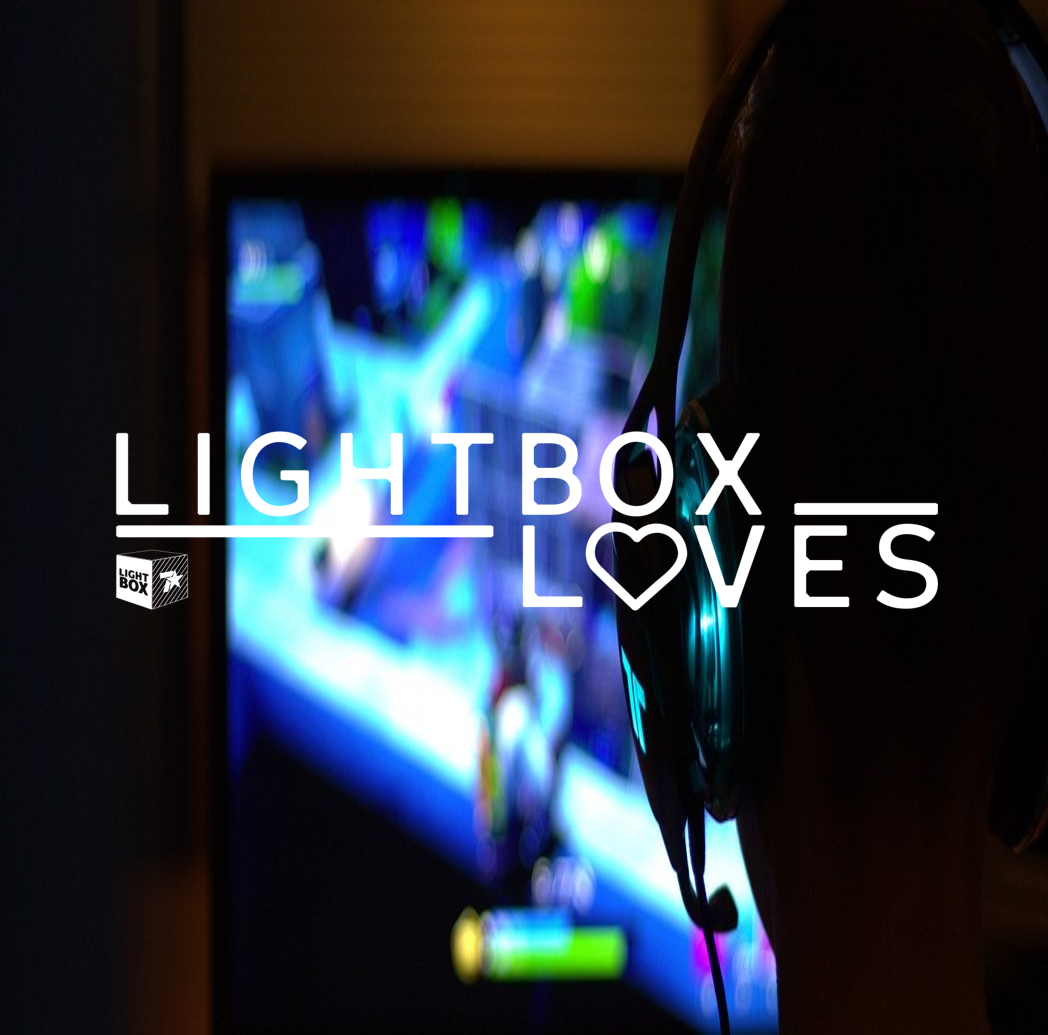

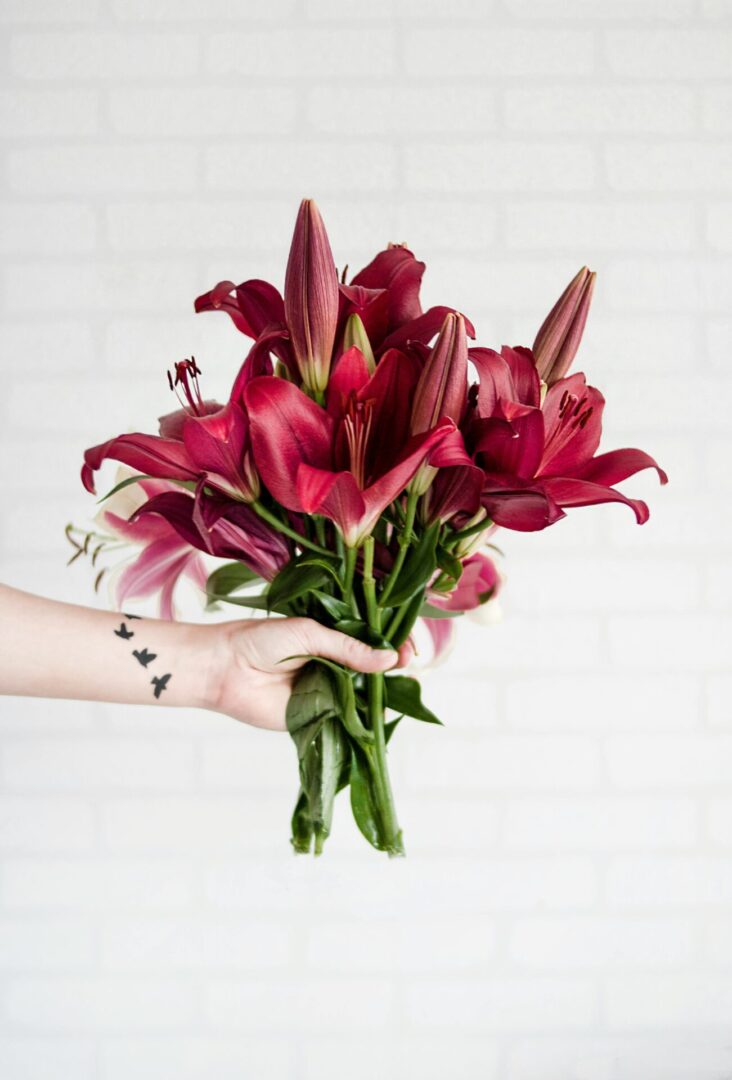
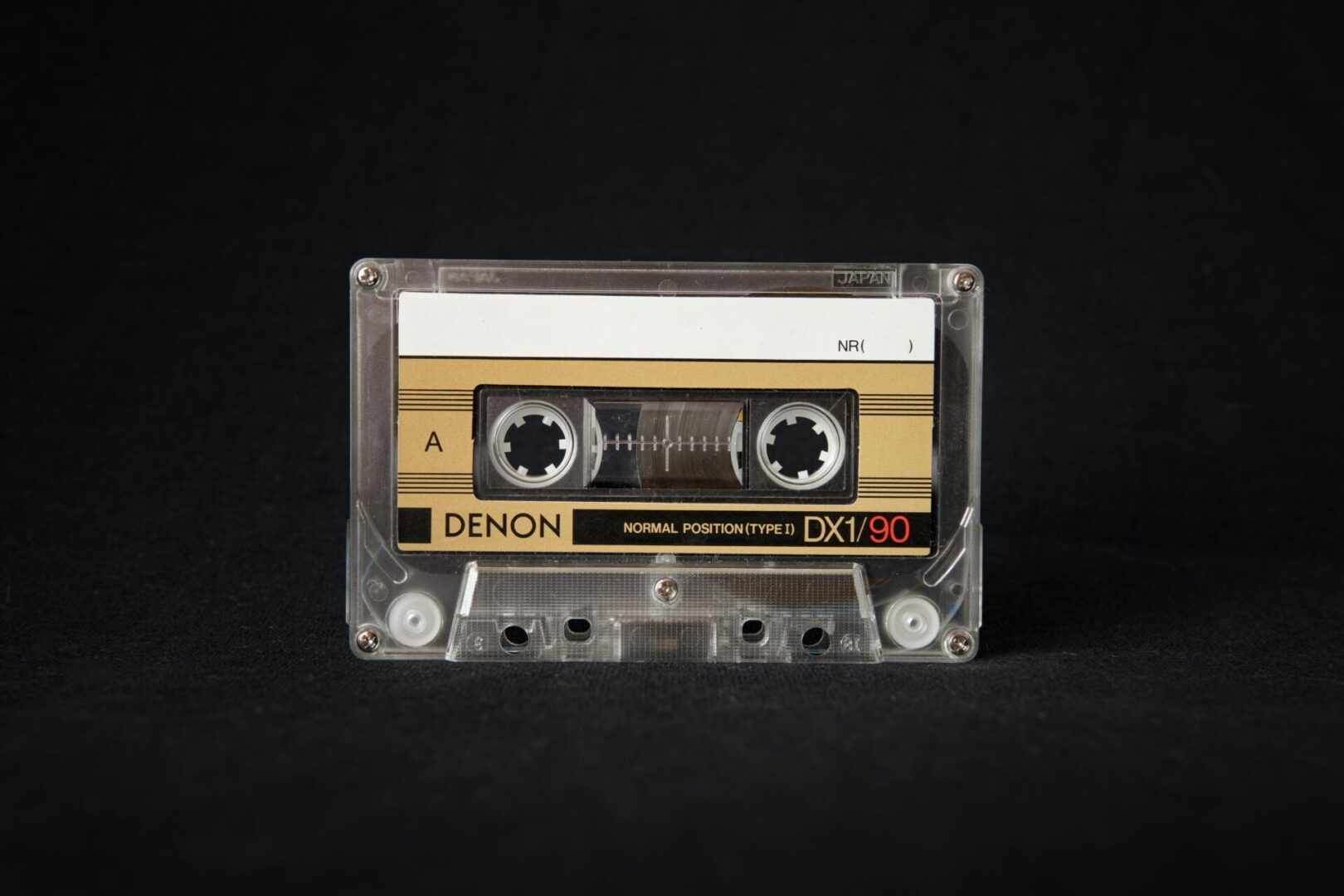
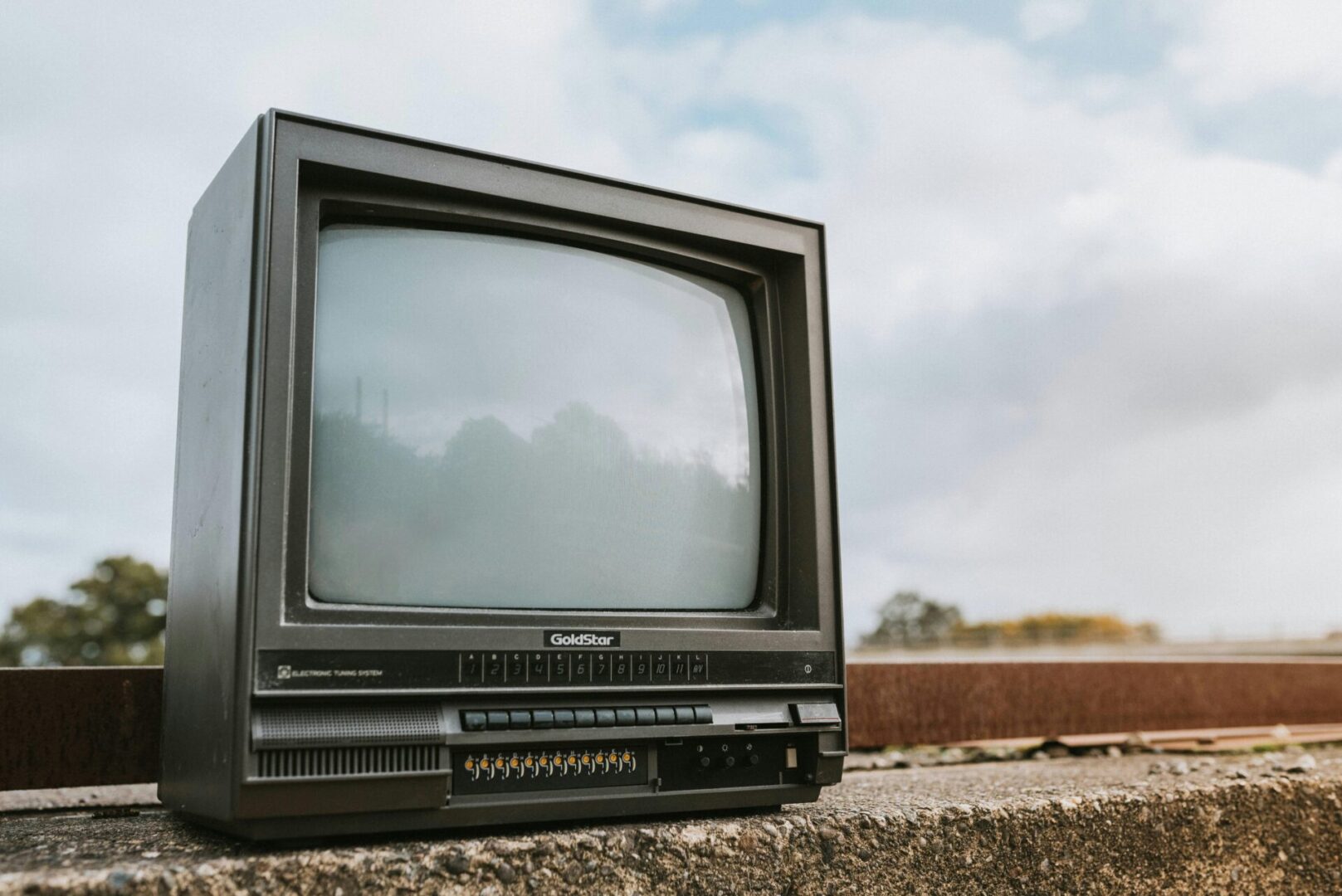

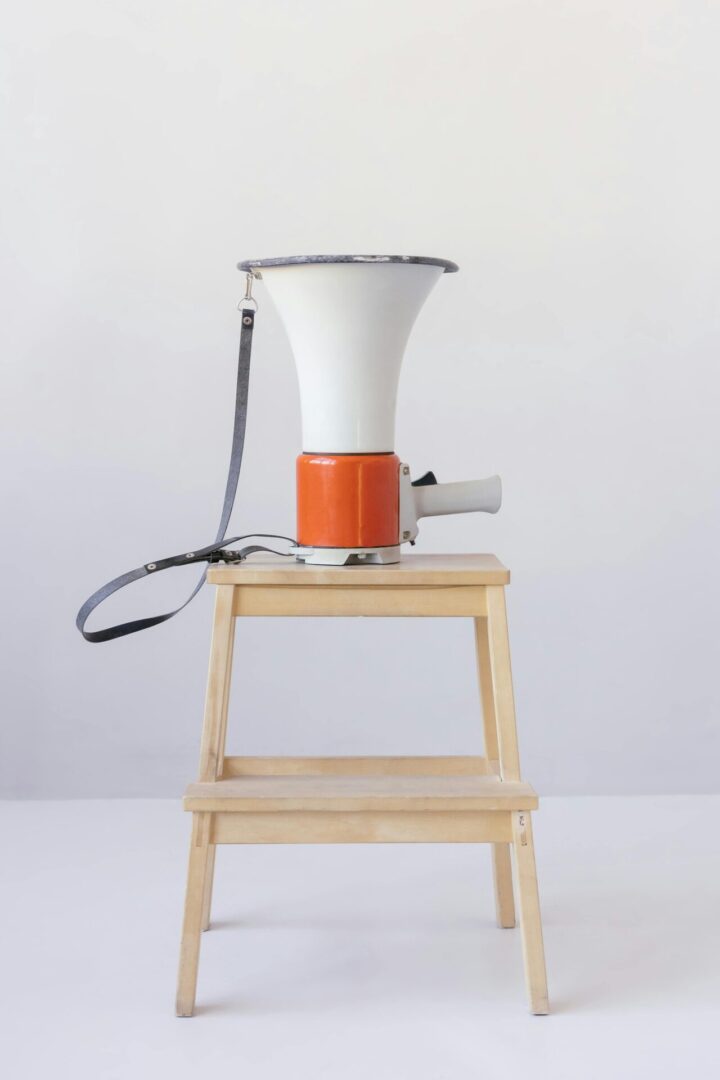

Recent Comments